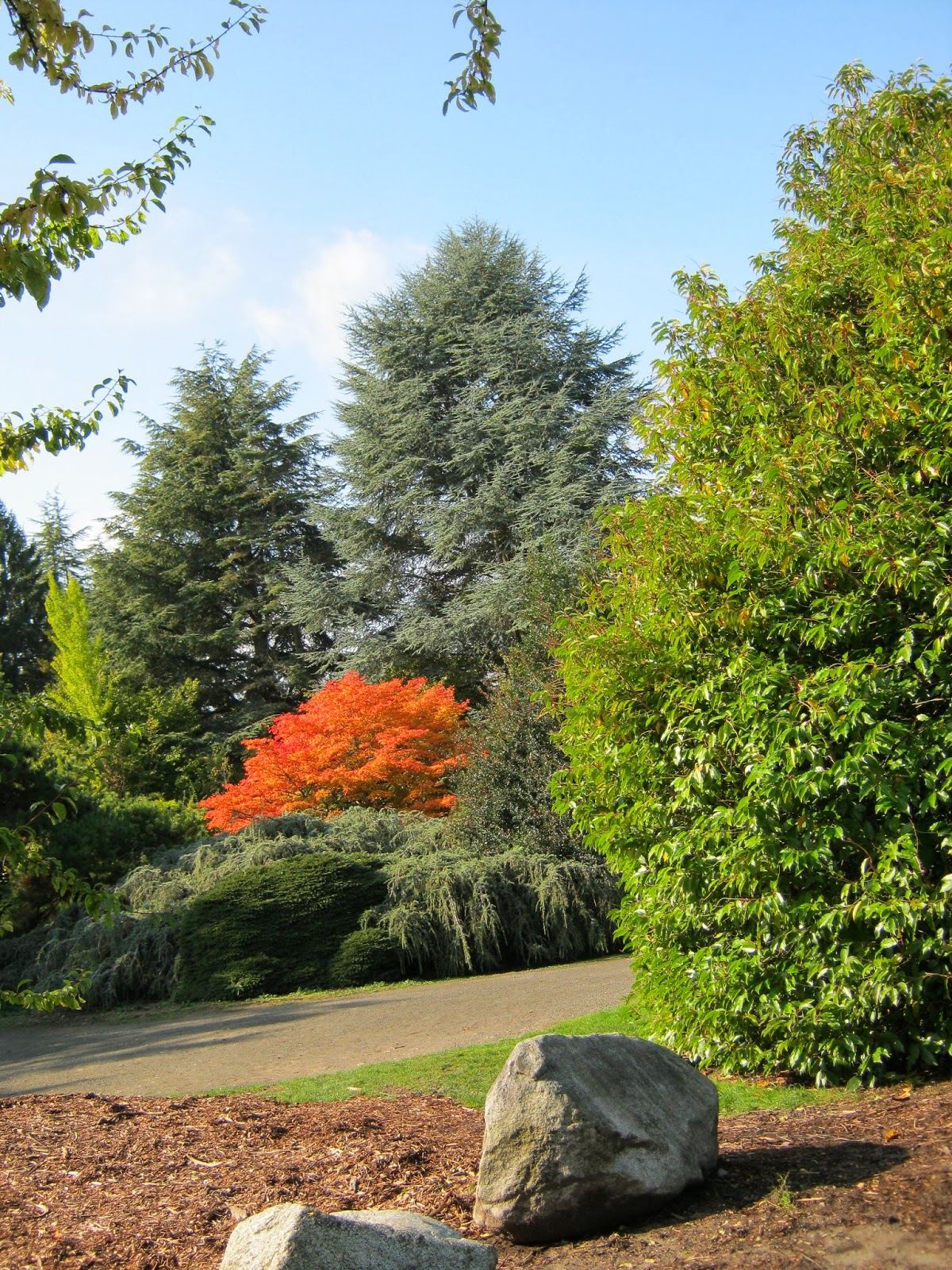In my opinion, the best carvers are little kids. This is because they have not yet been subjected to the Martha Stuartization of American decor. Because of Martha, pumpkin carving has become a contest of who can do the most "professional" carving with subtle layers cut with surgical knives creating shading and intricate patterns.
PLEASE RESIST HOLDING YOURSELF TO THOSE STANDARDS!
What contemporary pumpkins need now is more personality and less virtuoso technique.
Below are some of my favorites from over the years.
George, the Nice Boy, by Ellie Wild-Works 2011.
The Barfing Pumpkin, by Sophie Wild-Works 2011
Thor, by Tucker Beasley, 2013
Pumpkin with Asymmetrical Ears, by Miranda Beasley, 2013
Pumpkin carving tools can be purchased at most drugstores. They are now including books of patterns to trace with the tools. Caution! Destroy these patterns before they can do more harm.
HAPPY HALLOWEEN!!!!!








